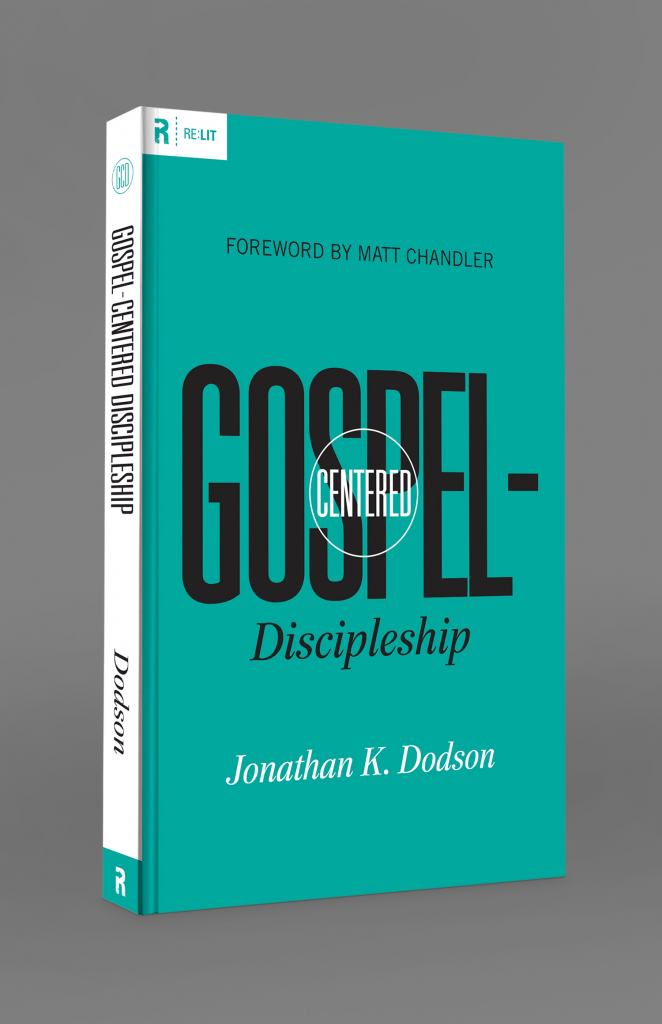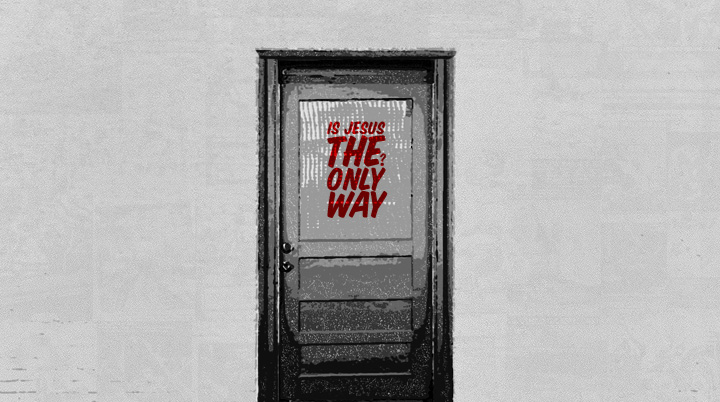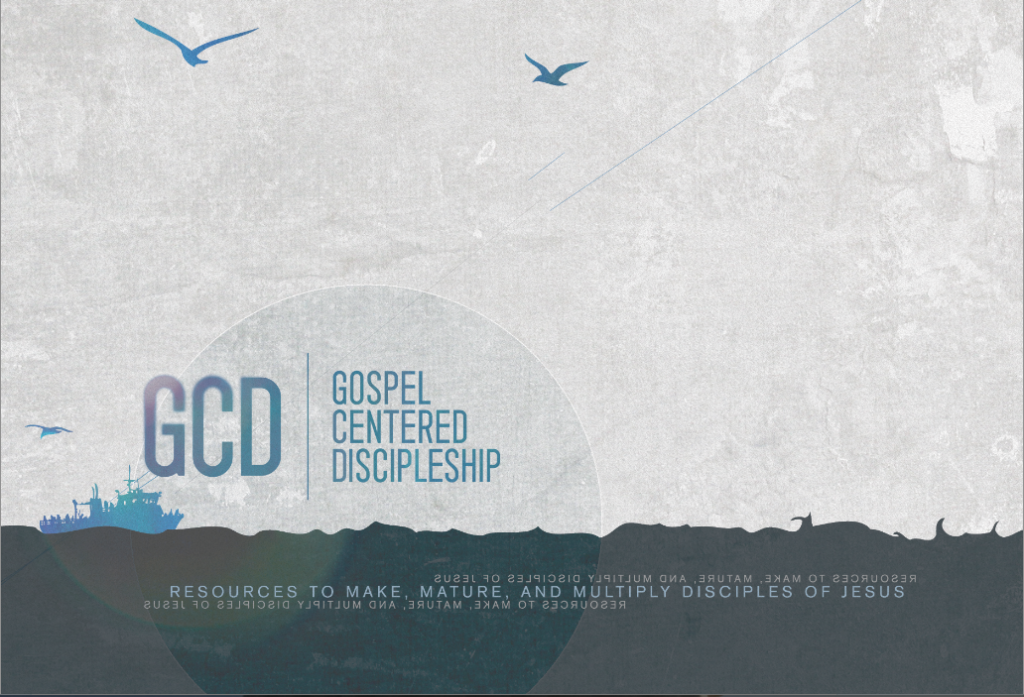Author: Jonathan Dodson
Is Jesus the Only Way?
“Is Jesus the only way to God?†Some ask it with disdain: How could anyone assert that Jesus is the only way to God? Others ask it with genuine sense of doubt. Is Jesus the only way to God? How should we answer this question? What is the answer? I work through these and other questions in this blog series at The Resurgence.
New GCD Site Launch Soon!
Here is a recent update from www.gospelcentereddiscipleship.com
|
Generous Disciples
 It’s been about a week of vacation, nestled in the Vail mountains, where Dodson families converged to share a condo, rest, recreate, and fellowship. I’ve learned, not so much from study, but from seeing generosity.
It’s been about a week of vacation, nestled in the Vail mountains, where Dodson families converged to share a condo, rest, recreate, and fellowship. I’ve learned, not so much from study, but from seeing generosity.
A Generous Spirit is Hard to Find
My parents generosity continues to amaze me. Their stated goal, even during a recession, is to give generously, not primarily to their kids, but to God’s kingdom. This generosity isn’t a mere act but an act of worship. Their generosity has affected Christians and non-Christians around the world. It extends well beyond finances into (or from) a generous spirit. A mundane example from our vacation…
As a family of five, my family is the largest by far among my two brother’s families. Yet, I’m never made to feel guilty when Dad a picks up the restaurant bill for everyone. There are no cutting remarks, snide comments, or jokes about how many mouths there are to feed. In fact, a number of years ago my father told all of us: “Whenever we all meet for a meal, I’ll pick up the tab. Don’t feel like you have to offer to pay. It’s something I enjoy doing.â€
Now, I realize that not everyone has this kind of financial liberty, but we all have the opportunity, every single day, to make others feel as though they are in our debt or as though they are in our blessing. We all have the power to make others feel judged or free, as an imposition or as part of the the family. We choose one or the other many times a day. We do it with time.
Generosity of Time
Are people made to feel as though they are robbing your precious time or do they walk away sensing they are free recipients of it?
My father is the CEO of a company, an elder in his local church, and is currently dealing with several emotionally taxing issues. Yet, he remains open, generous, interested in our lives. He listens and asks questions. He pauses to take great delight in is grandchildren. He pursues us in conversation. He plays tennis and enjoins topics of conversation unique to each person.
My mother is ever-present, serving in the background in silent generosity. Meals, dishes, shopping, and laundry, magically remain in order while everyone enjoys their vacation. She has plenty of vocational responsibilities. Yet, she anticipates the needs and preferences of nine to eleven people, and meets them. Blessing flows out from her.
Emotional Generosity
Generosity also has an emotional expression. Do we listen intently to others as they share their joys and struggles or do we secretly lie in wait to express our preference, experience, or current emotion?
Do people feel emotionally drained or strengthened when they walk away from conversation with you?
My mother is one of the best listeners I know, not because she is silent, or because she nods her head continually, but because her eyes tell me she is listening. And when she does speak, it is with understanding. She speaks, not to hijack conversation but to climb deeper into it, into your life. This is how she has deeply and effectively counseled so many women through so many crises. Whether it is a friend in a small group or a confused, broken woman who walked through the door of a crisis pregnancy center, Kaye remains generously present.
Generous Discipleship
Discipleship is about generosity. Take a mental stroll through the Gospels and you will find, again and again, Jesus giving generously of his time and emotions, even when he is exhausted or overwhelmed. As the multitudes press in, as the marginalized reach out to touch him, as his own followers puzzle over his identity, Jesus remains present, listening, giving, and speaking. With his eyes upon their hearts, he offers extended time and enriching presence.
Jesus is not distracted with “the kingdom”; he is present, building the kingdom. People are not an imposition; they are, very profoundly, his creation, his flesh and blood, his family. Jesus offers both presence and understanding as he climbs deeply into our lives. If Jesus was stingy, he would not have lived thirty-three years with us, three of which have spawned countless disciples and endless reflection.
Jesus’ life also teaches us that generosity requires sacrifice. Time, emotions, possessions, and energy must be subtracted from our lives if they are to be added to others. Jesus did not host events and call it discipleship; he hosted people and called them his own. Blessing poured out of him. From the backwoods of Galilee to wood of Golgotha, Jesus gave generously. This is grace.
Grace gives without demand, offers freedom not debt. Grace remakes men. It makes disciples of consumers, freeing us to spend our time and emotions on others. It reminds us that God has made so much of us in Christ, that we have much to give away to others. When Jesus died, he gave life. And to his disciples he says: Truly I say unto you, unless a kernel of wheat falls to the ground and dies, it remains alone, but if it dies, it bears much fruit. (Jn 12:24) Generosity requires sacrifice, but the life it nurtures invigorates both giver and recipient, such that we would say: “You don’t have to offer. It’s something I want to do. You have no idea how much I have received, and how much I love to give.”
While financial gifts can help many, it is the generosity of our own lives that will leave the greatest impression. Disciples of Jesus give generously. They leave an impression of grace.



